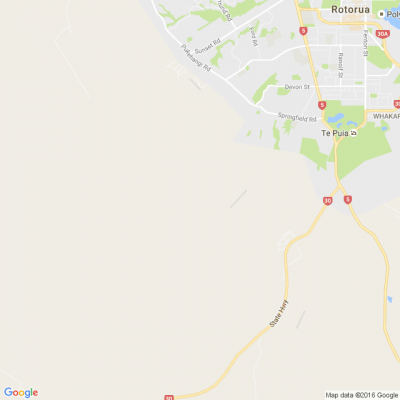
Know what’s happening
Access the private noticeboard for verified neighbours near you. Keep informed about any suspicious activity, send urgent updates to your neighbours when required and discuss emergency planning.
Get to know your neighbours
Browse the directory and start getting to know your neighbours. Don’t want to post to the whole neighbourhood? Send a private message.
Buy, sell and give away
Want to declutter your garage? Buy some used household items? Give away some garden stuff? Become a verified neighbour to browse and post items for sale. Trading is simple when everyone lives nearby.

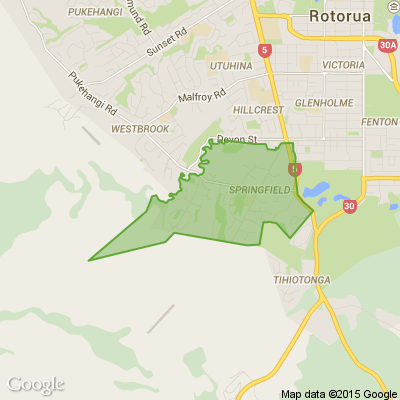

Thank you for using Neighbourly
You may receive an email confirmation for any offer you selected. The associated companies will contact you directly to activate your requests.
Robert Anderson from Curtain Clean Rotorua
We are open for Level 2! Please follow Covid safety guidelines!
We’ve been pioneering village living, and aged care, for more than 35 years. Our track record is built on genuine compassion and respect and gives you the confidence to be able to live the way you want. It’s another reason New Zealanders have voted us one of the Reader’s Digest Most Trusted … View moreWe’ve been pioneering village living, and aged care, for more than 35 years. Our track record is built on genuine compassion and respect and gives you the confidence to be able to live the way you want. It’s another reason New Zealanders have voted us one of the Reader’s Digest Most Trusted Brands for a 7th year. Learn more

The Team from Neighbourhood Support New Zealand
A simple phone call or message it all it takes sometimes.
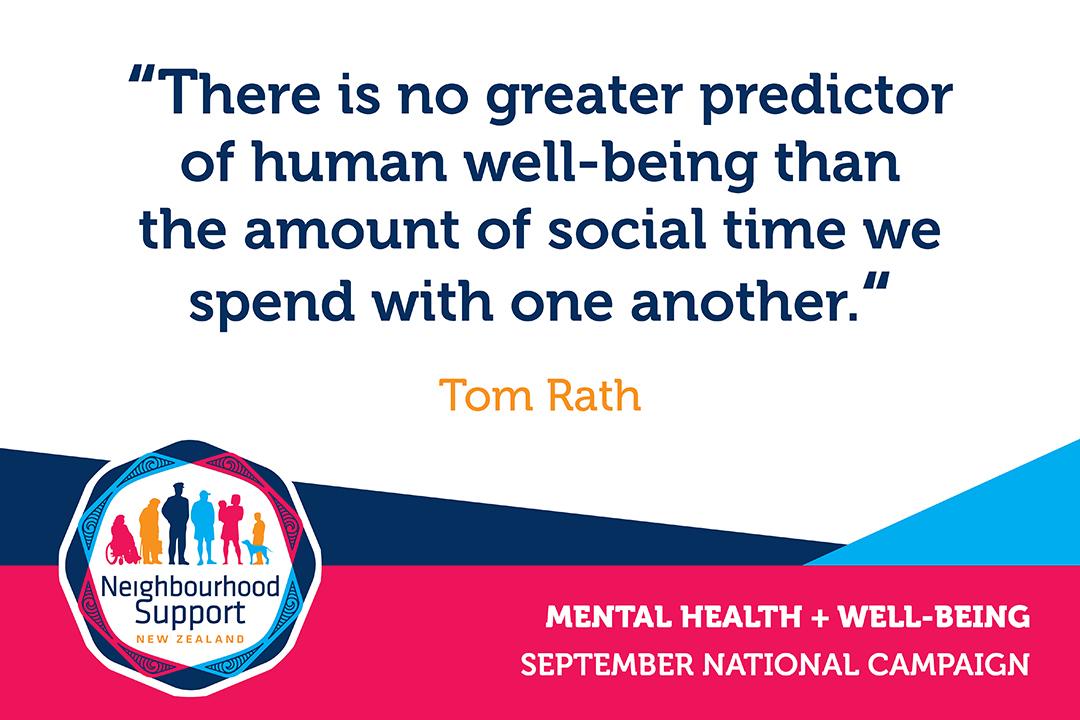
Andrew from South Waikato District
This Christmas, as a faithful of the community of St Josephs Mission Chapel in Hamilton, I invite all men seeking authentic freedom to join us as brothers in Christ for Exodus 90, which will kick off on Sunday 26 Sep 2021.
Exodus 90 is a 90-day spiritual exercise that gives Christian men a clear … View moreThis Christmas, as a faithful of the community of St Josephs Mission Chapel in Hamilton, I invite all men seeking authentic freedom to join us as brothers in Christ for Exodus 90, which will kick off on Sunday 26 Sep 2021.
Exodus 90 is a 90-day spiritual exercise that gives Christian men a clear path for the journey to freedom through prayer, asceticism and support. More than 30,000 men around the world have made the Exodus and transformed their lives. You can, too!
For more information and to enrol in Exodus 90, please contact Andrew Paul on 028 25899141 or click this link to get started: app.exodus90.com...
All regions outside Auckland will move to Covid-19 Alert Level 2, with Auckland remaining at Alert Level 4 for at least another week.
Prime Minister Jacinda Ardern and the Director-General of Health Dr Ashley Bloomfield announced the changes at a post-cabinet press conference on Monday … View moreAll regions outside Auckland will move to Covid-19 Alert Level 2, with Auckland remaining at Alert Level 4 for at least another week.
Prime Minister Jacinda Ardern and the Director-General of Health Dr Ashley Bloomfield announced the changes at a post-cabinet press conference on Monday afternoon.
Regions outside Auckland will make the change to Alert Level 2, at 11.59pm tomorrow.
Here's what you need to know
- A refresh on Level 2 restrictions and what it means for you.
- Indoor gatherings are now capped at 50 people, with outdoor gatherings restricted to a maximum of 100 people.
- There have been 20 confirmed cases of Covid-19 reported by the Ministry of Health since 9.00am yesterday, all in Auckland.
- If you have any flu-like symptoms, call the NZ Covid-19 Healthline on 0800 358 5453 or ring your GP.
- Find your closest Covid-19 testing location on the Healthpoint website
For more information, visit covid19.govt.nz.

Another great story!
Southland father and son, Robert and Bobby Baird have recently received their forestry qualifications, proving you are never too old to learn.
While Robert has practical experience gained during four decades in the bush, he says vocational training like the qualification he… View moreAnother great story!
Southland father and son, Robert and Bobby Baird have recently received their forestry qualifications, proving you are never too old to learn.
While Robert has practical experience gained during four decades in the bush, he says vocational training like the qualification he has just done is helping keep people safe.
Competenz assessor Neville Muir worked with Bairds throughout their training programme.
“Bobby is very driven to succeed and very organised. He’s also very keen to continue upskilling his crew and there are a lot of different certificates still to do,” he says.
While Bobby is his boss at work, Robert turns back into ‘dad’ at the end of the day. “I give him a hand during the day when he’s got a lot of work on. We have a great relationship and it’s a magic thing to be able to do to work with your son.”
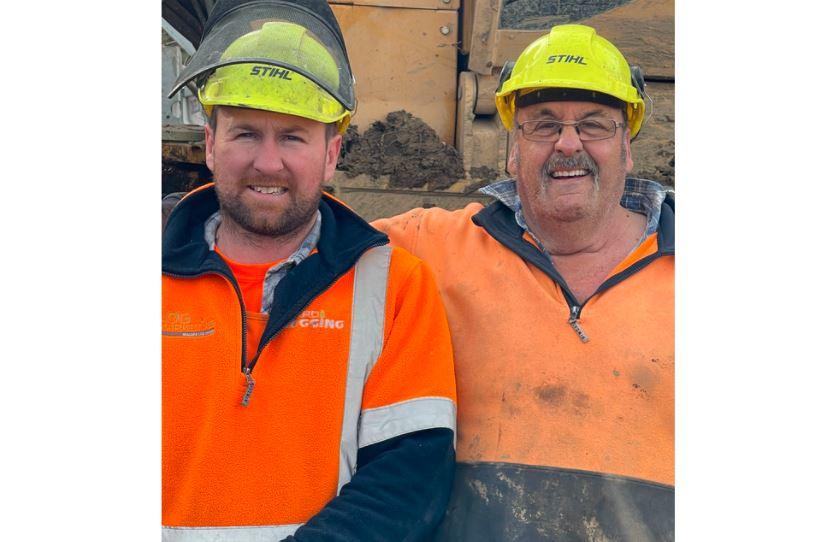
The Team from Digital Boost
We're here to help you take your business to the top.
That's why every day from 10-11am we sit down for interviews with experts in topics like digital marketing and websites, and live stream it straight to you. Power your business forward with a daily pro-tip or two!
Find out … View moreWe're here to help you take your business to the top.
That's why every day from 10-11am we sit down for interviews with experts in topics like digital marketing and websites, and live stream it straight to you. Power your business forward with a daily pro-tip or two!
Find out who's sharing their knowledge this week and RSVP here
Learn more

Another great story!
Southland father and son, Robert and Bobby Baird have recently received their forestry qualifications, proving you are never too old to learn.
While Robert has practical experience gained during four decades in the bush, he says vocational training like the qualification he… View moreAnother great story!
Southland father and son, Robert and Bobby Baird have recently received their forestry qualifications, proving you are never too old to learn.
While Robert has practical experience gained during four decades in the bush, he says vocational training like the qualification he has just done is helping keep people safe.
Competenz assessor Neville Muir worked with Bairds throughout their training programme.
“Bobby is very driven to succeed and very organised. He’s also very keen to continue upskilling his crew and there are a lot of different certificates still to do,” he says.
While Bobby is his boss at work, Robert turns back into ‘dad’ at the end of the day. “I give him a hand during the day when he’s got a lot of work on. We have a great relationship and it’s a magic thing to be able to do to work with your son.”

Daniel from Hillcrest - Pomare
Just wondering how much people would pay for a set of these rimu bedside tables. These are made by myself out of reclaimed rimu boards. Dimensions are 555longx480wide.

The Team from Neighbourly.co.nz
Our friends at Stuff are collating an incredible directory of small businesses delivering during lockdown in every region across New Zealand. Check out the best in baked goods, meal companies, drinks of every sort, groceries and sweet treats delivering right to your neighbourhood.
Supporting … View moreOur friends at Stuff are collating an incredible directory of small businesses delivering during lockdown in every region across New Zealand. Check out the best in baked goods, meal companies, drinks of every sort, groceries and sweet treats delivering right to your neighbourhood.
Supporting local is easy with Support Local, Aotearoa. Have a browse or show your support by submitting a shoutout to a business near you now. They'll thank you for it.
Thanks for supporting local.
Browse the directory
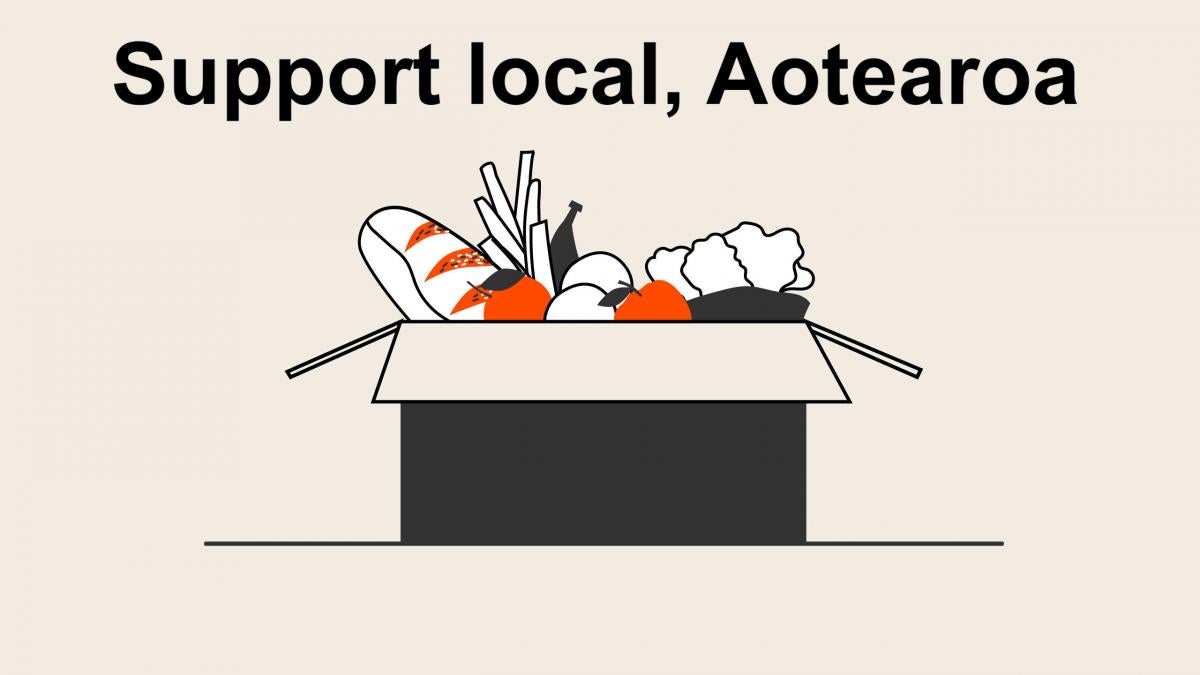
The Team from Resene ColorShop Rotorua
Up your potted plants game with this easy recycling project finished in Resene.
Find out how to create your own.

Te Whare Wānanga o Awanuiārangi
Bachelor of Humanities
Meet Derek Ereatara who shares his journey with Awanuiārangi.
The Bachelor of Humanities programme marked a turning point in Derek’s life. “The content – indigenous studies, policy and business – fit right in with what I wanted. I knew it would help me … View moreBachelor of Humanities
Meet Derek Ereatara who shares his journey with Awanuiārangi.
The Bachelor of Humanities programme marked a turning point in Derek’s life. “The content – indigenous studies, policy and business – fit right in with what I wanted. I knew it would help me personally and in my work with whānau in the health sector.
“It helped me to think differently, that opens up your world view.” he says.
Looking at everything with fresh eyes “shifted, enhanced and reinforced” his focus, particularly in working with rangatahi who need one-to-one support.
“Awanuiārangi was like a second home, and still is. You just feel welcome.
Find out more
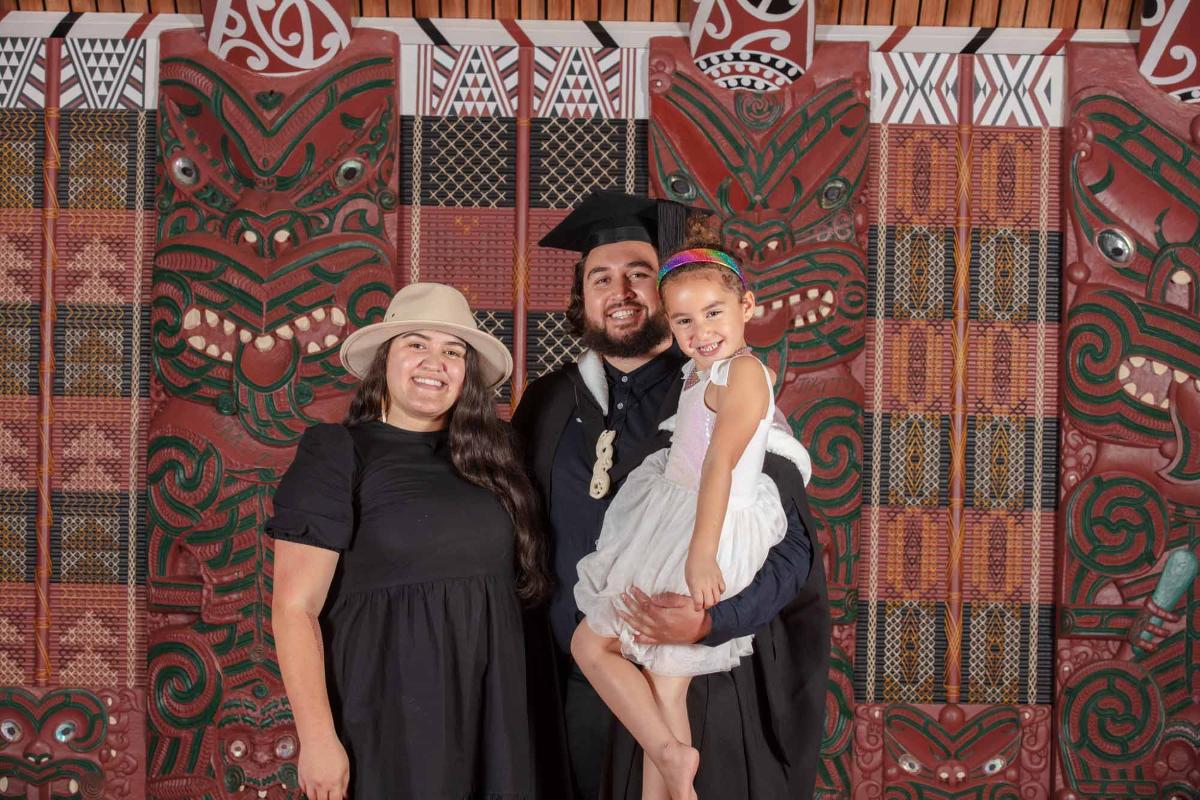
The Team from Graeme Dingle Foundation Rotorua
Happy Random Acts of Kindness Day New Zealand 💚
In times like this, it's more important than ever to stay kind and connected. So this year, we ask that you pick up the phone, call someone you care about and check in on their well-being.
It takes a little, not a lot, to be kind and caring … View moreHappy Random Acts of Kindness Day New Zealand 💚
In times like this, it's more important than ever to stay kind and connected. So this year, we ask that you pick up the phone, call someone you care about and check in on their well-being.
It takes a little, not a lot, to be kind and caring 💚
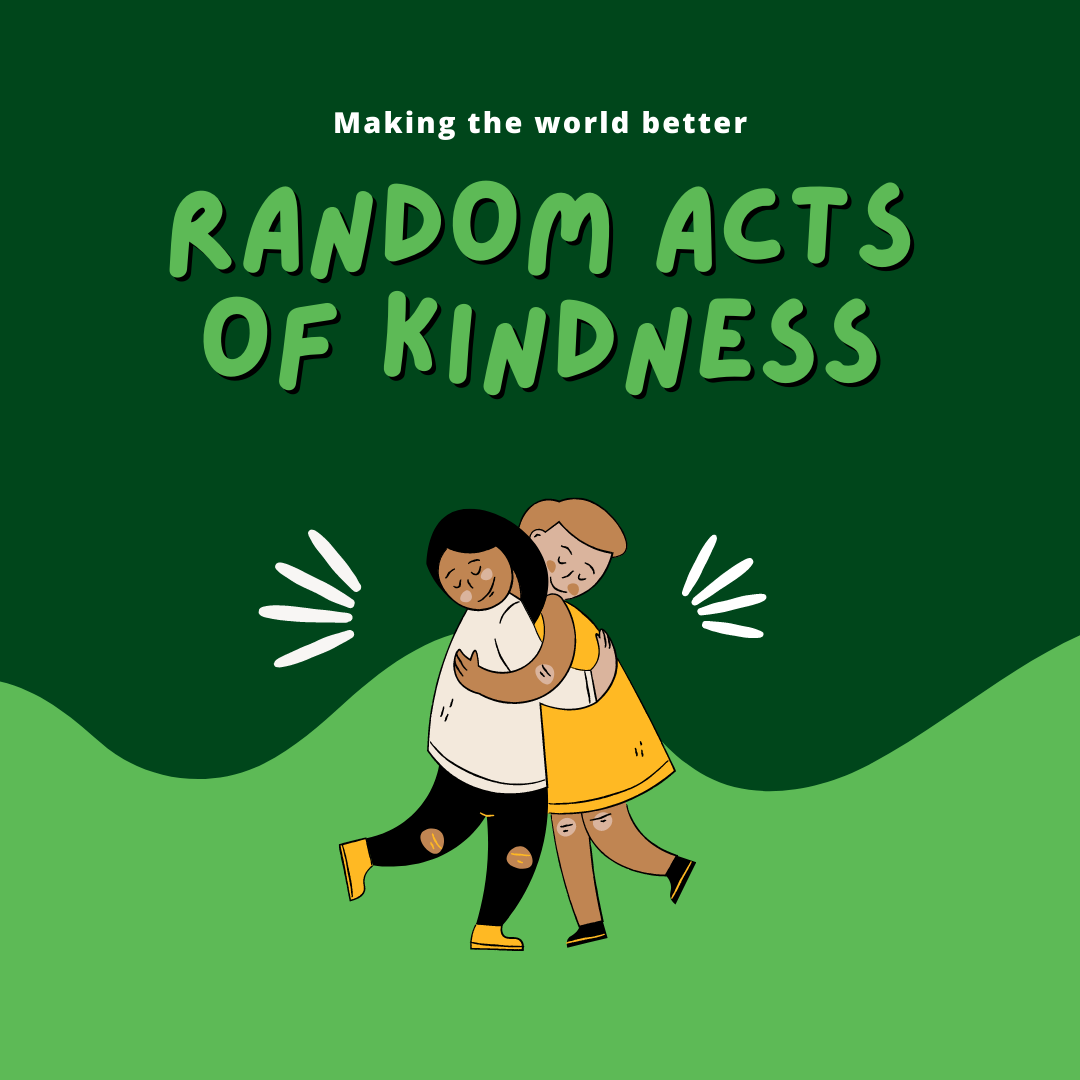
To is a preposition with several meanings, including “toward” and “until.”
Too is an adverb that can mean “excessively” or “also.”
Two is also pronounced the same as to and too, but it can’t be used instead of either of them because it’s a number.
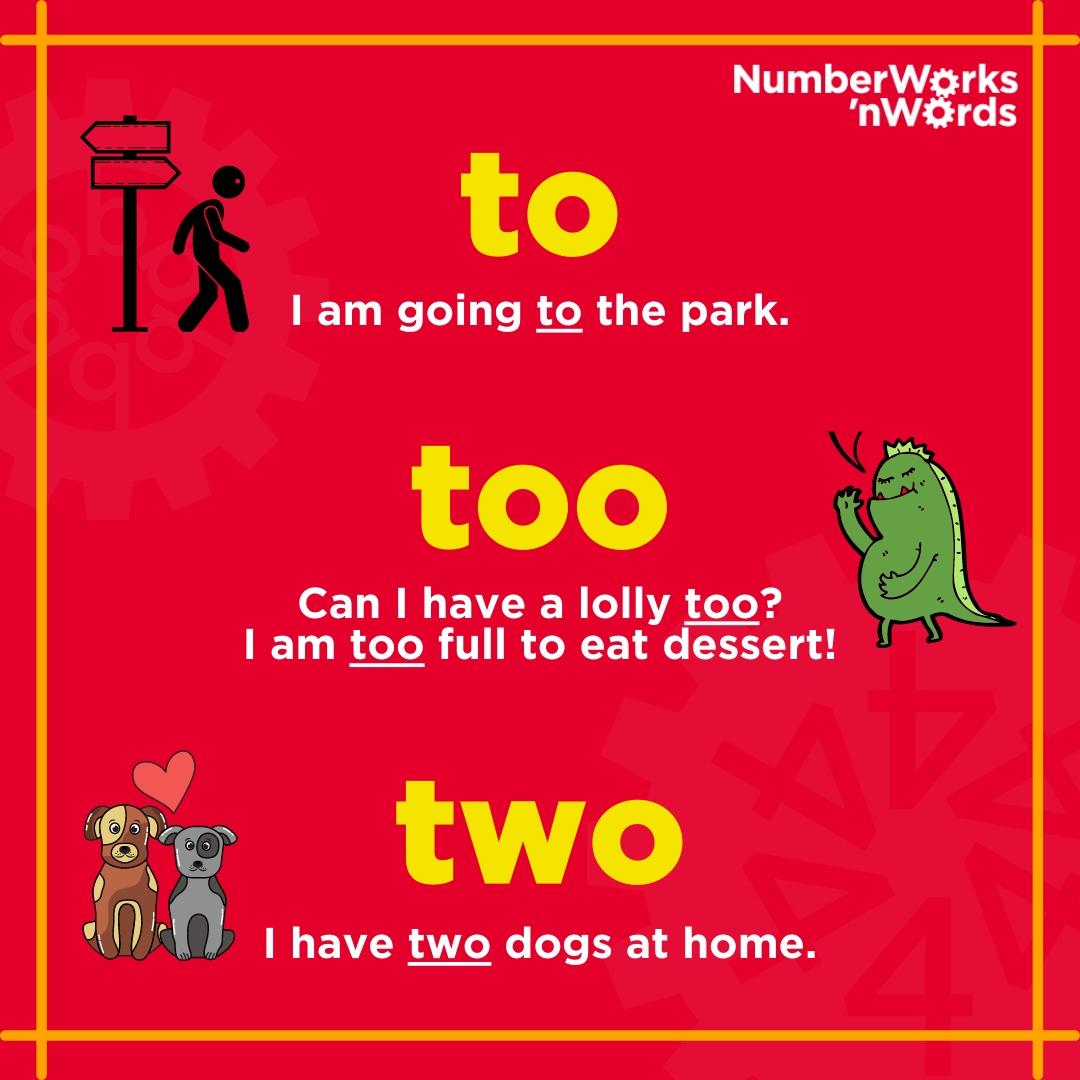
 Loading…
Loading…
Are you sure? Deleting this message permanently removes it from the Neighbourly website.
 Loading…
Loading…

 Buyers $569,000+
Buyers $569,000+



 Marketed by Shon & Trudy Meszaros
Marketed by Shon & Trudy Meszaros

 Buyers $575,000+
Buyers $575,000+



 Marketed by Shon & Trudy Meszaros
Marketed by Shon & Trudy Meszaros
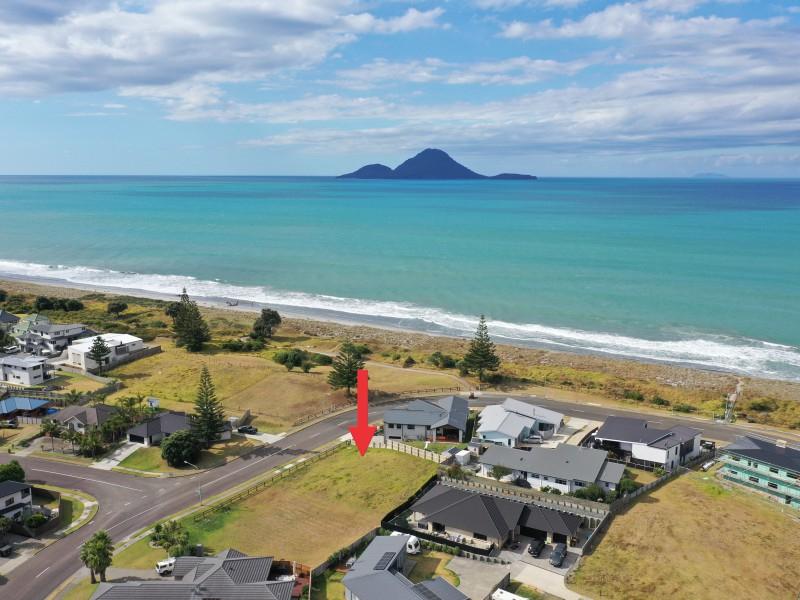
 Auction
Auction

 Marketed by Michelle Stephenson
Marketed by Michelle Stephenson

 $359,000
$359,000



 Marketed by Michelle Stephenson
Marketed by Michelle Stephenson

 Auction
Auction



 Marketed by Darryn Laskey AREINZ
Marketed by Darryn Laskey AREINZ

 $399,000
$399,000


 Marketed by Matt Stephenson
Marketed by Matt Stephenson
© Neighbourly 2024
